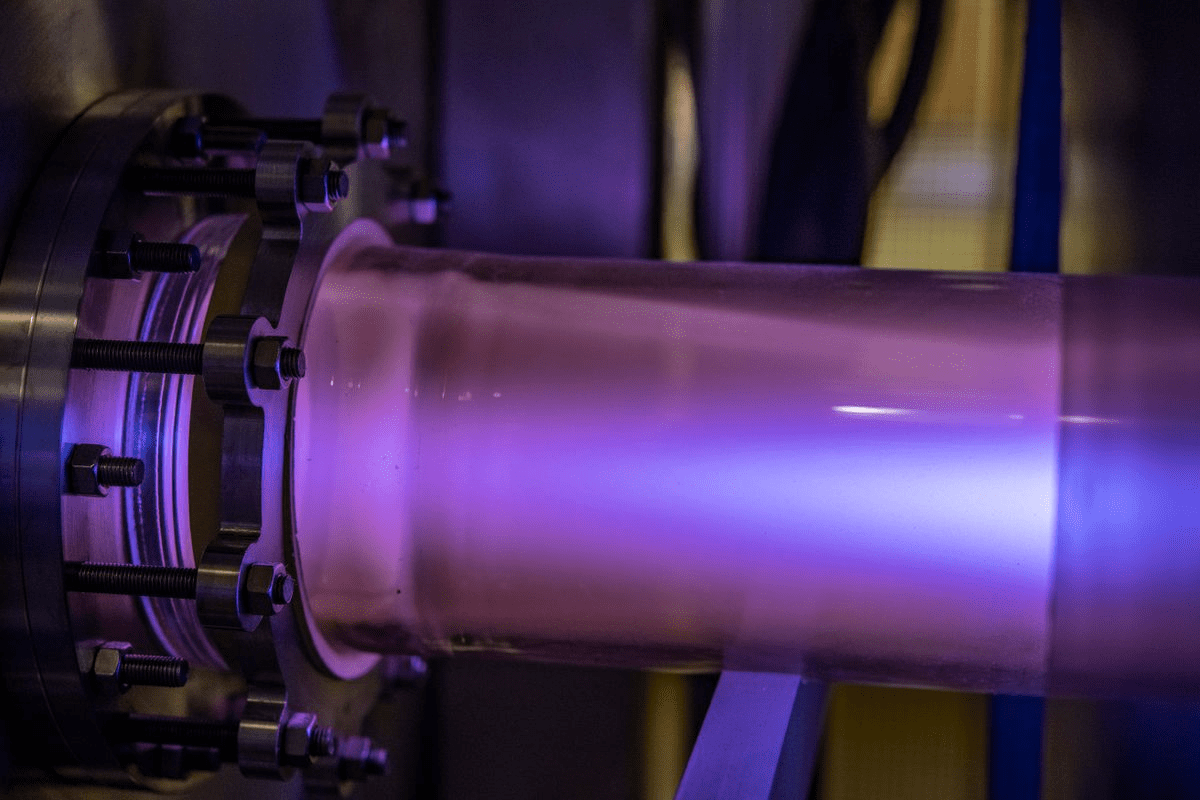Physicists from West Virginia University published a study that presents a newer understanding of an age-old limitation of the first law of thermodynamics. This law states that energy cant be created or destroyed, but it can be just converted into different forms. Researchers have found an application of this law to systems that are not in thermodynamic equilibrium, which are prevalent in space plasma. The researchers found a way forward to quantify all the energy conversion that was not described by density and pressure. This advancement could revolutionize how we understand complex energetic systems and has applications in chemistry, circuitry, quantum computing, space weather, and other areas of physics and other sciences. The researchers found that other quantities, like those describing gasses, liquids, or plasma when they are not in equilibrium, won’t fall under the first law of thermodynamics. This kind of breakthrough was accomplished by a team lead by Paul Cassak, professor, and associate director of the Center for KINETIC Plasma Physics, and graduate research assistant Hasan Barbhuiya, both from the Department of Physics and Astronomy.
The first law of thermodynamics which was developed in the 1850s, can only be valid for systems where a temperature can be properly defined, a state generally known as equilibrium. A very fundamental law of physics that has helped describe many things like how refrigerators or car engines work, and is one of the bases physics stands on. But it has only worked when things are in or near a state of thermodynamic equilibrium. That means the temperature of a system is consistent throughout. The researchers found conversion of energy inside any system that is in a thermodynamic equilibrium can be described almost wholly by its density and pressure. But in comparison, more complex systems, where the behavior of the energy conversion is determined by a lot more than just density and pressure.
The researchers used complicated math to find a way to apply the first law to systems that are not in equilibrium. Their research is important because out-of-equilibrium systems are found everywhere in the universe, including in substances like space plasma, found in many places from the tails of comets to the outer layers of stars. The researchers have generalized the first law of thermodynamics for systems that aren’t in equilibrium. They carried out a pencil and paper calculation to figure how much energy is associated with matter not being in equilibrium, and will it work for systems close to or far from equilibrium. This discovery fills in the gaps for many constraints the first law of thermodynamics posed.
- Protected: How to Check the WordPress Media Library
- Walker’s Wine Juice Recalls Pumpkin Juice in 12 States Over Botulism Risk
- HHS Restructuring: 10,000 Job Cuts, $1.8B Savings, Backlash & Agency Merges Stir Federal Policy
- Lucid Gravity SUV Orders Surge as 50% Come from Former Tesla Owners
- Iceland Volcano: Grindavík Evacuated, Lava Breaches Barriers In 8th Reykjanes Eruption Since Late 2023
Now this new understanding of the basics of physics has many potential applications. Potential fields of application range from chemistry to space weather and circuitry to quantum computing. The team’s mathematical description of these additional properties seem like an opportunity for physicists. These kinds of drastic changes in our understanding of physics do not happen often and when it does, it has the potential to hugely influence the field and those associated with it. It shows that even centuries-old laws can become new again if we study them harder.


















